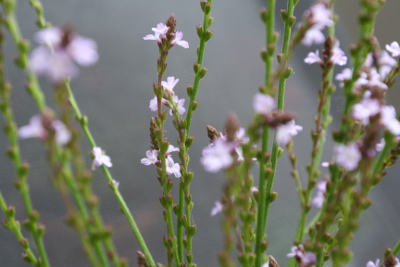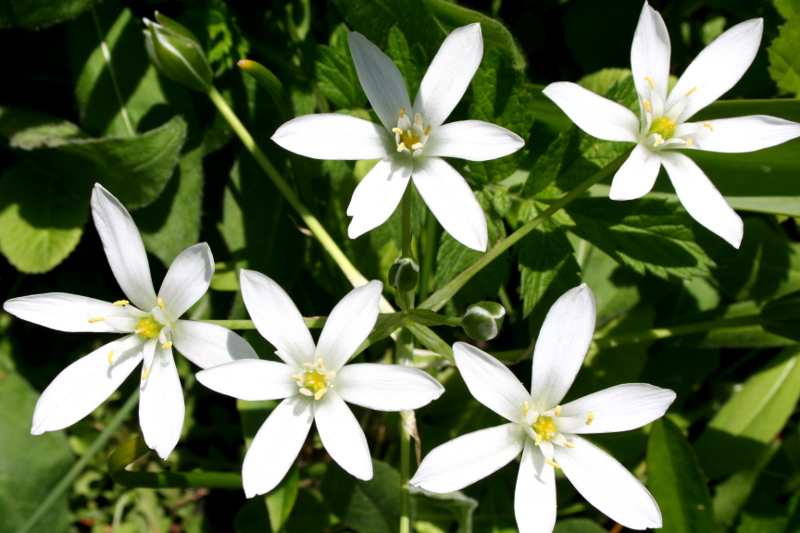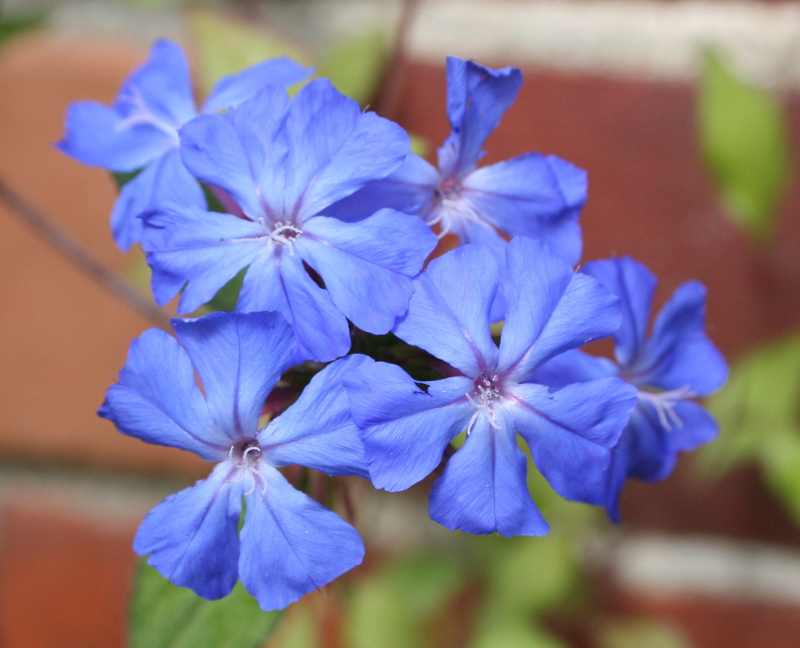Edward Bach recognised that some people are critical and intolerant of others, and considered this trait a potential danger to health. Those reading and familiar with the Bach flower remedies will already know I’m talking about the Beech state. I recently spent time with someone prone to criticism, and I sensed how erosive ‘being Beechy’ is to relationships. (The word 'bitchy' sounds so similar; interesting!) Perhaps that is why Dr Bach thought this state unhealthy – it can impact our connection to others. The Beech frame of mind means filtering for ‘what is (subjectively) wrong’ and expressing that in no uncertain terms. Criticism will blurt out if the person in a Beech mood/state also has an Impatiens personality. It can hurt. It can make people defensive as they justify and defend themselves in the face of criticism. It can make people feel upset and indignant and hit back. Some will, however, quietly accept and try to 'amend' their ways. The Beech state does not bring people together; it separates them.
What brings people together is recognition, validation, acknowledgement, kindness, and appreciation. People in a Beech state don’t readily have these soft-skill communicative assets. And they don’t feel gentleness towards others inside themselves.
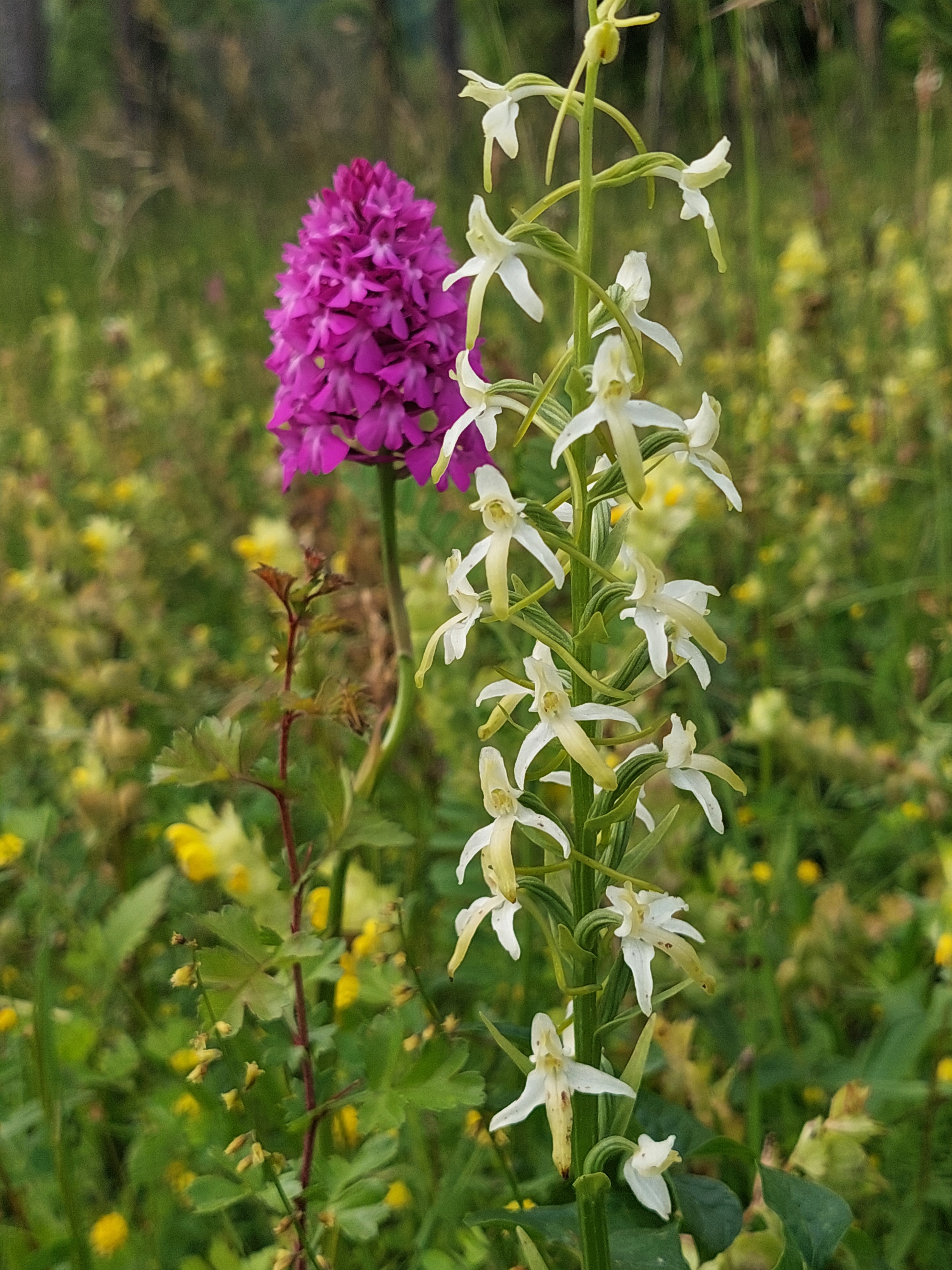
I’m not making a case for not saying what’s not OK; we need to be able to give one another feedback. I’m making a case for how - and the timing. George Bernard Shaw (Irish playwright, 1856-1950) is on record as saying, ‘in the right tone, you can say anything, in the wrong tone nothing.’ Edward Bach rather cryptically described the Beech mindset as being ‘For those who feel the need to see more good and beauty in all that surrounds them.’
Being aware that we’re ‘being Beechy’ and thinking before speaking makes the difference. (And yes, I do smile inwardly when I catch myself quietly being critical of critical people.)
I had a partner once who was outstanding in his ability to criticise me. I was on the receiving end of big criticisms and little ones. Among the little ones were a) how I brush my teeth, b) how I hold the car steering wheel, c) how much water I put into the kettle. (I won’t go into the big ones.)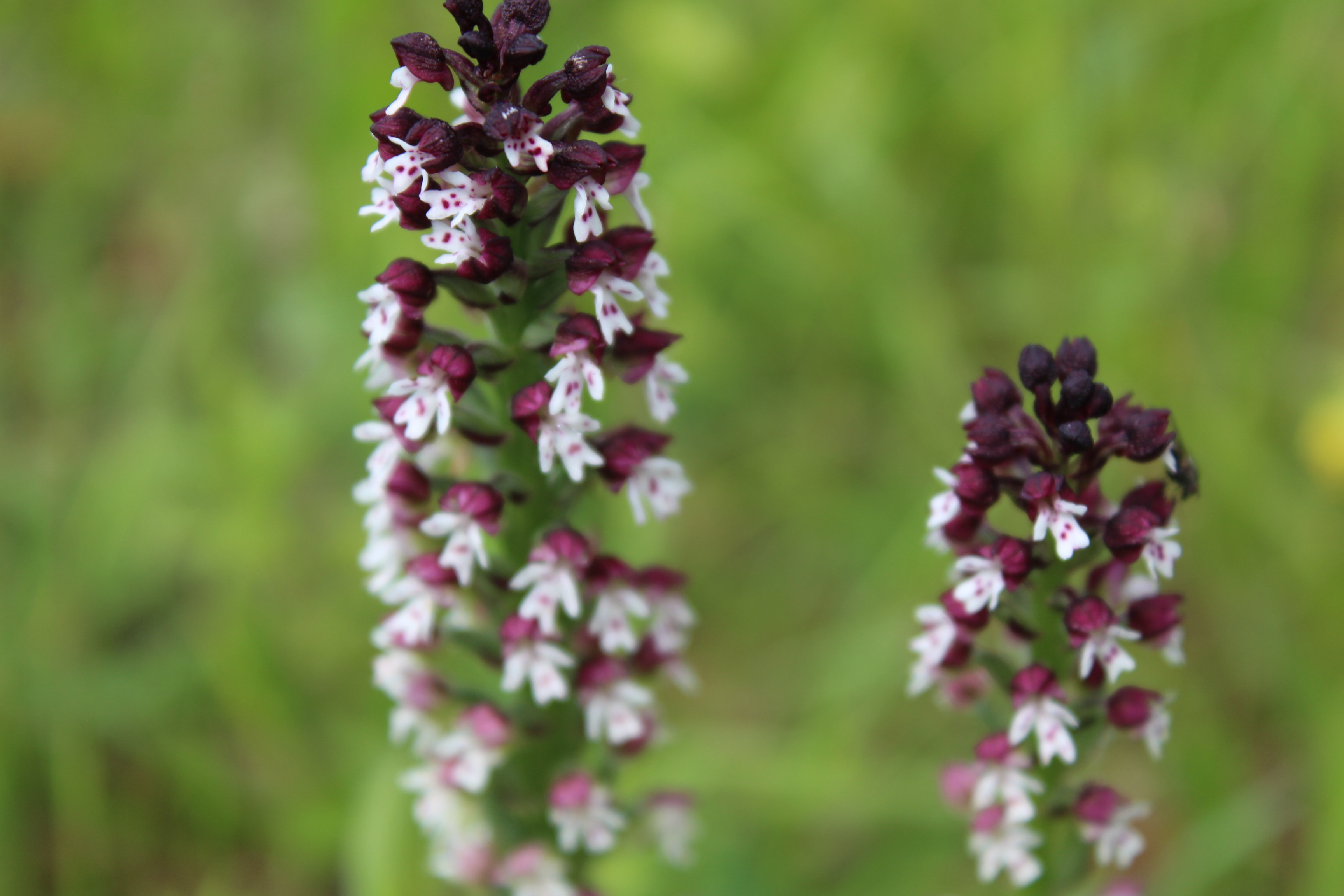
The problem with people in the Beech state is that issues lie (in their minds) in the other person’s behaviour; they don’t ‘own’ their intolerance. I see this state of mind as relatively inflexible.
Reflecting on this makes me aware of how important it is to affirm others, to quietly say something positive, even if we need to communicate something we’re having trouble accepting. That nurtures relationships. And in a world in turmoil, on the brink of a climate catastrophe, lurching to the far right, with unresolved conflicts and war, aren’t healthy relationships our most essential assets to promote well-being?
The flowers in this piece are all wild orchids seen close to where I live in south-west Germany. Orchids are intolerant to pollution, that's how they got included. ;-)
If you are interested in refining your interpersonal speaking skills, (in consultations and private life) check out my next Bach Centre Accredited Continuing Education course ‘Mindful Communication’ in September. Details here.
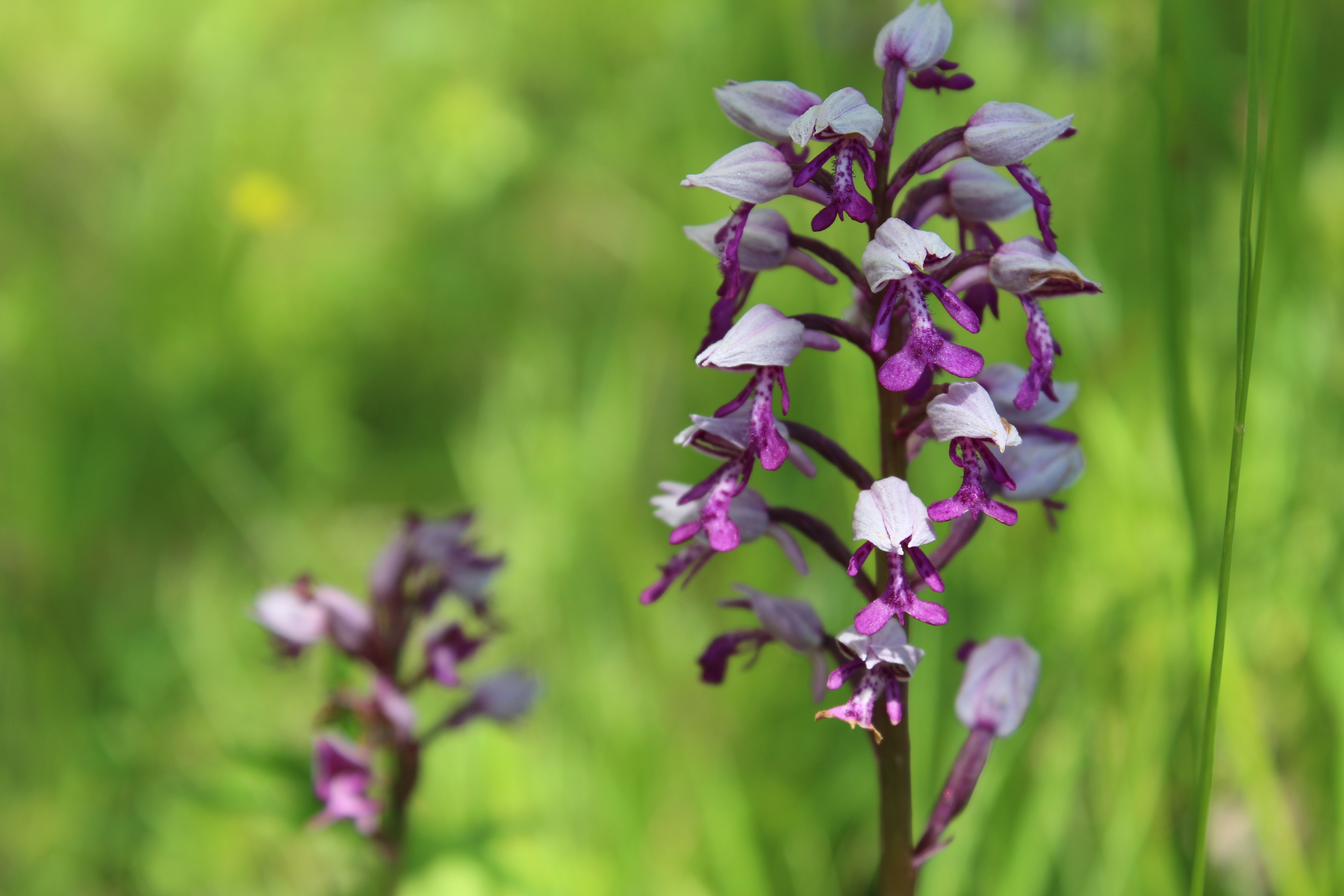

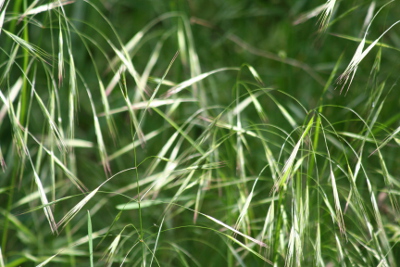 goodness for that. The following quote of his shows us though, how he suffered in his Wild Oat state before he found his true calling as an artist:
goodness for that. The following quote of his shows us though, how he suffered in his Wild Oat state before he found his true calling as an artist: 


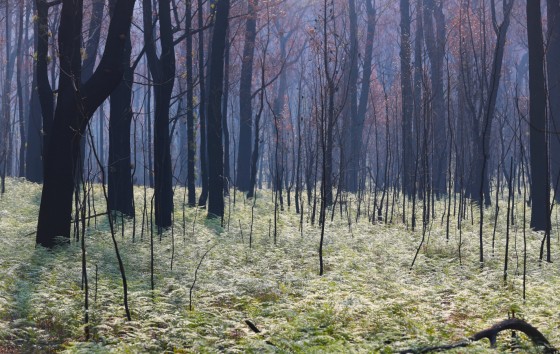
 Hope I see in the worldwide Fridays for Future movement and the young and eloquent climate activist Greta Thunberg. Out of nowhere, a movement has developed pressurising politics and governments to take urgent climate action. In my home city of Freiburg I participated in the demonstration last May, where between 20,000 and 30,000 people were out on the roads shouting ‚What do we want? Climate justice! When we want it? Now!‘ I think it‘s fair to say that the Vervain personalities were collectively out on the roads that day and during consecutive demonstrations.
Hope I see in the worldwide Fridays for Future movement and the young and eloquent climate activist Greta Thunberg. Out of nowhere, a movement has developed pressurising politics and governments to take urgent climate action. In my home city of Freiburg I participated in the demonstration last May, where between 20,000 and 30,000 people were out on the roads shouting ‚What do we want? Climate justice! When we want it? Now!‘ I think it‘s fair to say that the Vervain personalities were collectively out on the roads that day and during consecutive demonstrations.


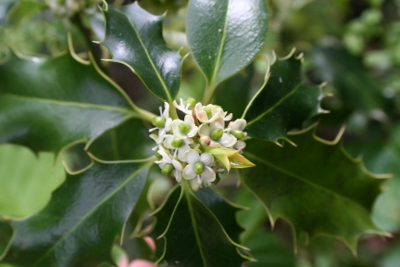
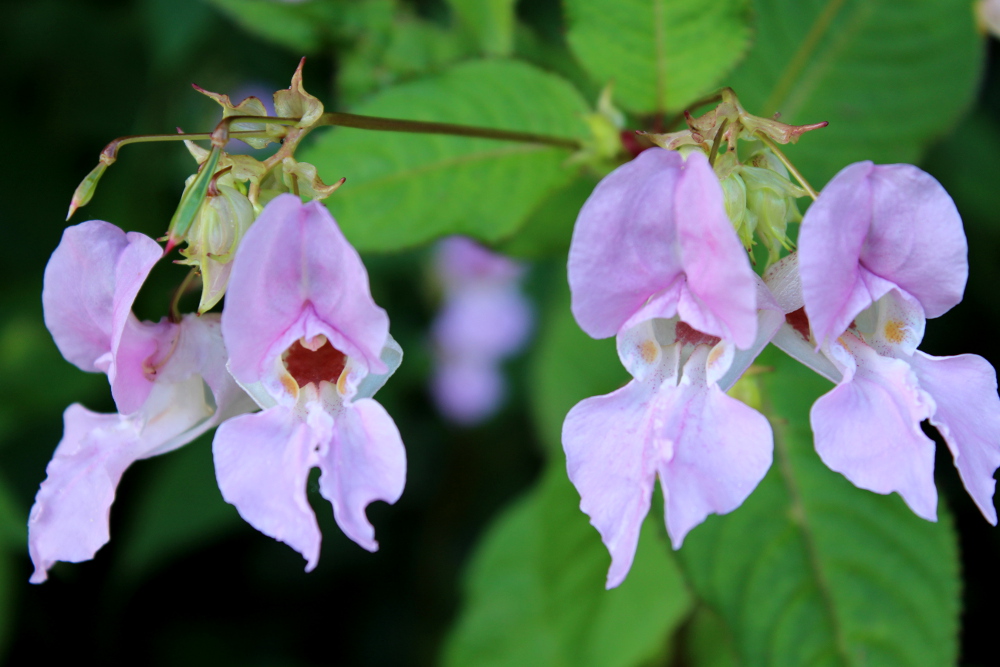 A Vine person can get furious if someone does not follow their orders and do what they say. I really truly know someone who says “if you did what I said, we wouldn’t have any arguements.” Huh!
A Vine person can get furious if someone does not follow their orders and do what they say. I really truly know someone who says “if you did what I said, we wouldn’t have any arguements.” Huh! The Beech state involves intolerance. So a person needing this remedy can get infuriated by the shortcomings of others, it is an indignant, sharp, annoyed, critical displeasure.
The Beech state involves intolerance. So a person needing this remedy can get infuriated by the shortcomings of others, it is an indignant, sharp, annoyed, critical displeasure.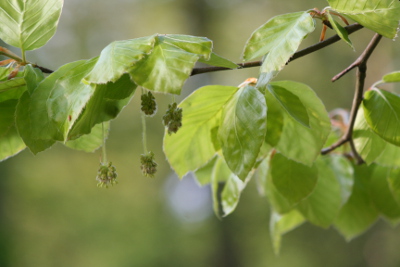
 The Willow anger is also smouldering, someone has been hurt and they are bitter and offended. It is the anger of resentment, but it is a quiet indignation that they swallow and may only show non-verbally.
The Willow anger is also smouldering, someone has been hurt and they are bitter and offended. It is the anger of resentment, but it is a quiet indignation that they swallow and may only show non-verbally.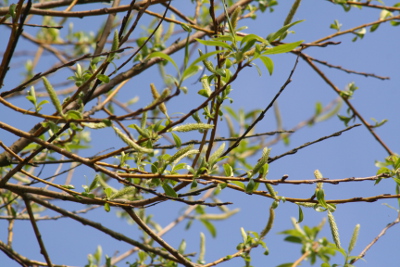 Cherry Plum is a rather extreme state, someone is so tense, they feel could explode and do something they will regret. So there might have been something that has made them furious. A small child having a paddy has a Cherry Plum state, they can be difficult to reach when they freak out.
Cherry Plum is a rather extreme state, someone is so tense, they feel could explode and do something they will regret. So there might have been something that has made them furious. A small child having a paddy has a Cherry Plum state, they can be difficult to reach when they freak out. The Vervain anger is fuelled by a sense of identifying with something that is wrong in their opinion. Think of the angry emotions that flow in demonstrations against nuclear weapons or war or more recently against Donald Trump. The Vervain anger is fuelled by a keen sense of justice.
The Vervain anger is fuelled by a sense of identifying with something that is wrong in their opinion. Think of the angry emotions that flow in demonstrations against nuclear weapons or war or more recently against Donald Trump. The Vervain anger is fuelled by a keen sense of justice.